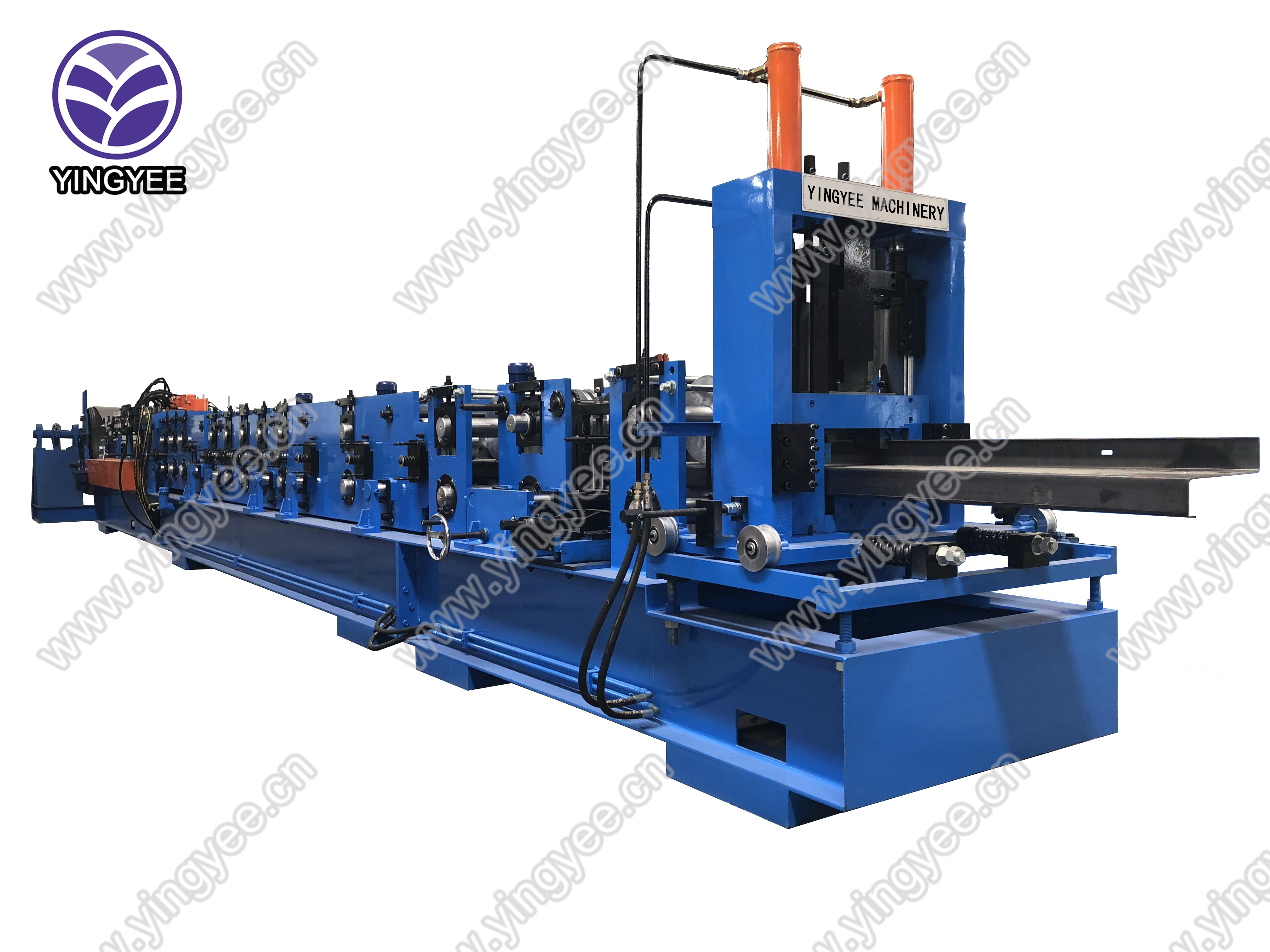
Composite Floor Deck Forming Machinery Enhancing Construction Efficiency
Composite floor deck forming machinery plays a crucial role in modern construction, particularly in the development of multi-story buildings and industrial structures. This machinery is designed to streamline the process of creating composite floor decks—structural components that combine the strengths of steel and concrete. As the demand for efficient construction methods continues to rise, advancements in forming technology have significantly improved the quality and efficiency of building projects.
At its core, composite floor decks consist of metal decking, which acts as a form for wet concrete. The metal deck provides support during the pouring process and enhances the overall structural integrity once the concrete sets. This combination allows for lighter and thinner slabs, translating to reduced material costs and faster construction schedules.
The forming machinery involved in this process includes various sophisticated equipment like roll formers, shears, and automated systems that enhance production rates and consistency. Roll forming machines shape steel coils into the desired profiles, ensuring precise dimensions essential for structural performance. Modern machinery often features automated controls, reducing the need for manual intervention and minimizing human error.

One of the critical advantages of utilizing composite floor deck forming machinery is its ability to produce high volumes of decking quickly and efficiently. This is particularly important in large-scale construction projects where time is money, and delays can significantly inflate project costs. Furthermore, these machines are designed for versatility, allowing manufacturers to produce different profiles and sizes to meet specific project requirements.
In addition to improving productivity, the use of composite floor deck forming machinery can enhance safety on construction sites. By reducing the number of manual handling tasks and increasing accuracy in production, the likelihood of accidents and structural failures is lowered. The integration of advanced technologies, such as computer-aided design (CAD) and automation, further streamlines the workflow, ensuring that the formed decks meet precise engineering standards.
In conclusion, composite floor deck forming machinery is an integral part of modern construction technology. By enhancing efficiency, safety, and structural quality, these machines not only meet the demands of contemporary building practices but also pave the way for future innovations in the construction field. As the industry continues to evolve, the role of advanced machinery will undoubtedly remain pivotal in shaping the buildings of tomorrow.